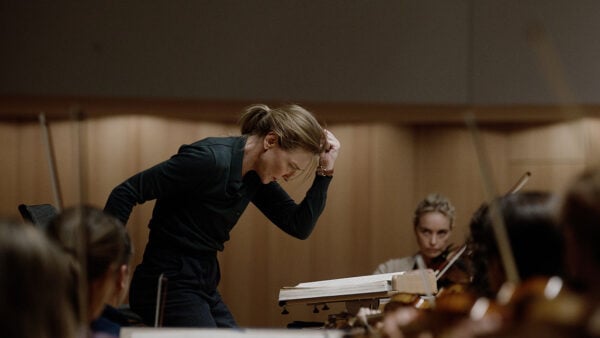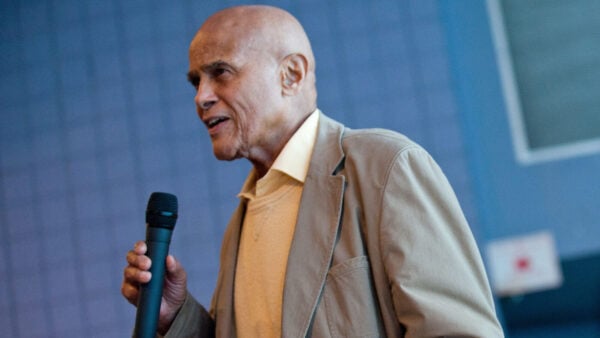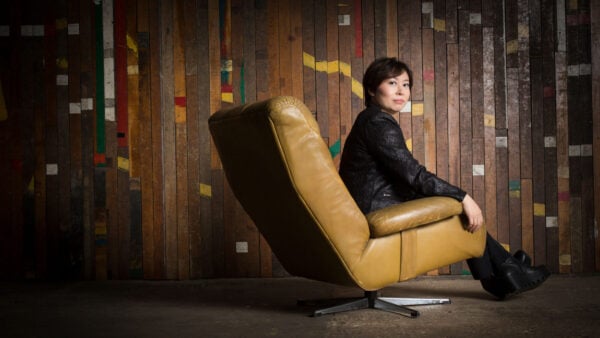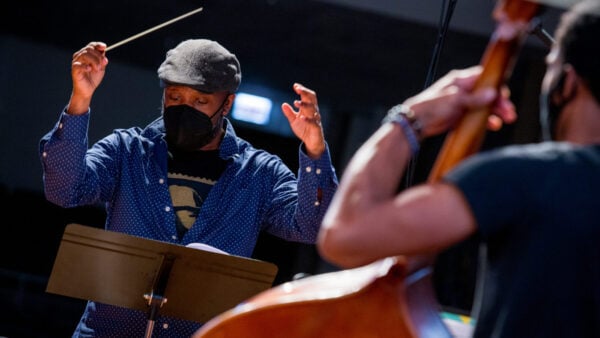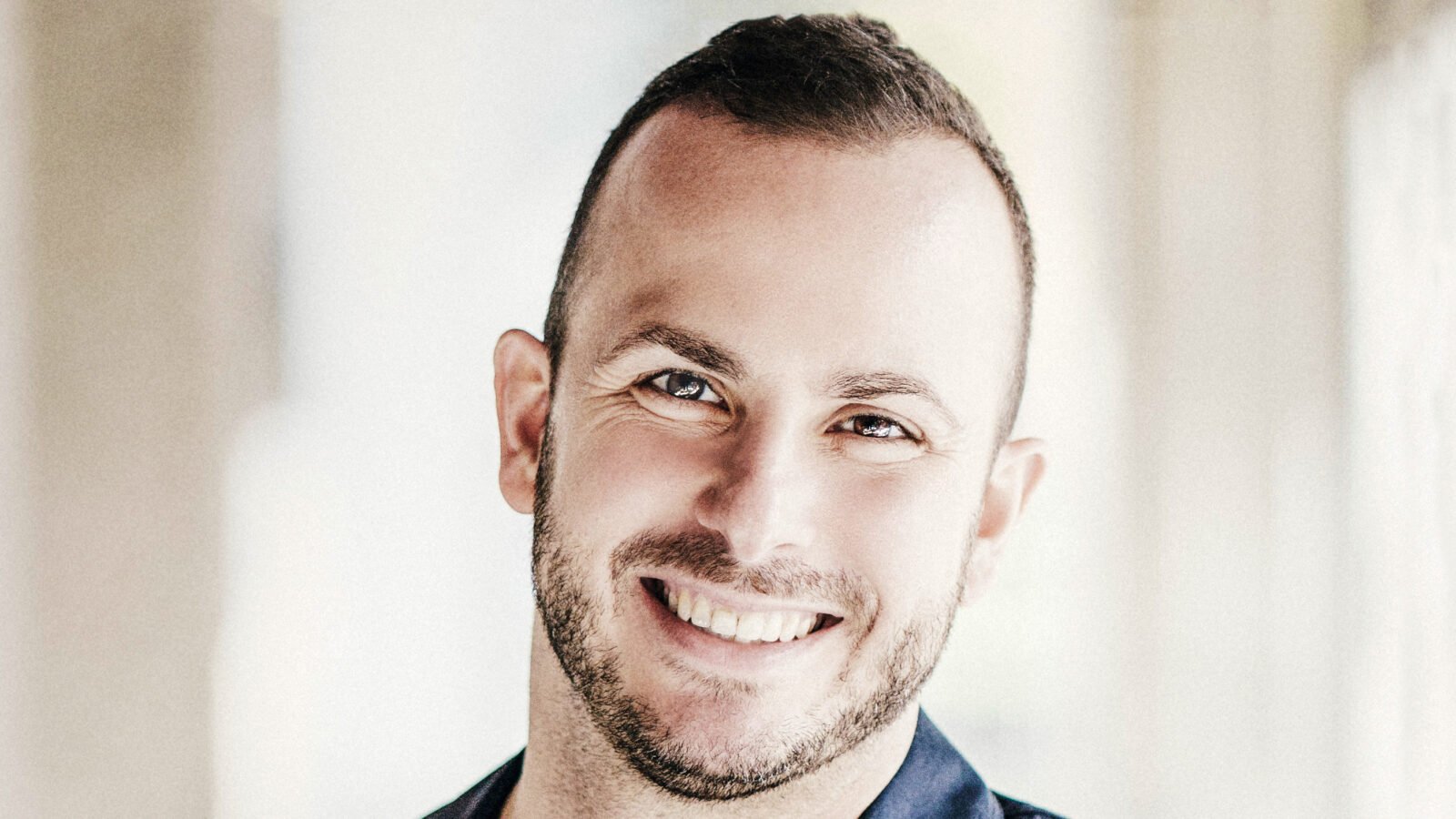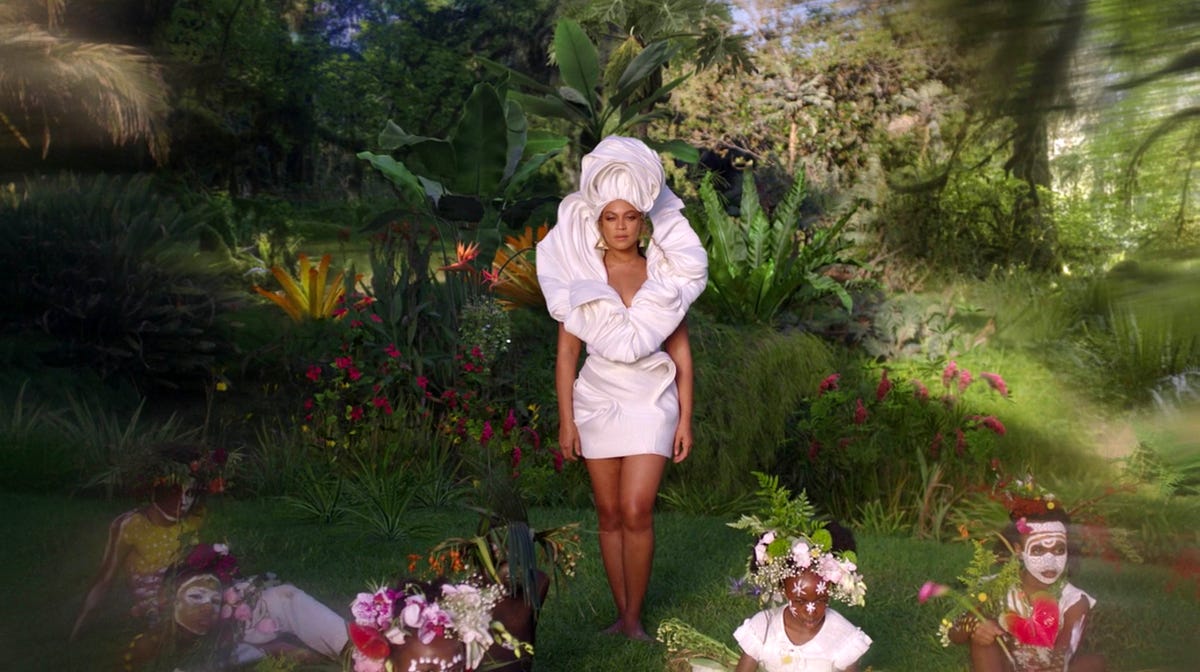
Beyoncé, in her visual album Black Is King (Photo: Disney+, courtesy of Virginia Berg)
It’s like reposing “in a painting,” or “existing in the aura of a magical being,” to a feel a music that seemingly emanates from nature herself.
This is how art director Virginia Berg and cinematographer Laura Merians respectively describe the set of Beyoncé’s visual album Black Is King, the cinematic complement to her companion album for the 2019 film The Lion King. An international cast and crew, including Merians and Berg, was recruited for the massive 14-song, 85-minute visual album, which saw filming across three continents over the course of half a year.
Yet for all the vocabulary relevant to the production’s acclaimed artistic vigor, and those of other visual albums and music videos Berg and Merians have worked on — including others from superstars Beyoncé and Björk — one word in particular is often invoked:
“[Beyoncé’s] existence is operatic,” Merians says.
“Opera,” the Italian word for “work,” wasn’t all-encompassing enough for composer Richard Wagner to describe the breadth of artistry performances like Le nozze di Figaro and Così fan tutte employed. He preferred the term Gesamtkunstwerk, feeling it better encapsulated the multidimensional array of grand music, visuals, and storytelling of these productions. But while the German word isn’t often evoked in colloquial discussion, “opera” has indeed evolved to connote this sense of grandeur.
“When I think of opera, I think of going big, of really being expressive,” Merians says. “A lot of artists are doing that in their music videos. It’s not just [viewing] this proscenium, but also exploring these other modes of expression.”
This proscenium, the onstage space that frames operatic performances, has of course been vacant as of late. But even before the pandemic emptied the world’s opera houses and concert halls, only a minority of modern composers were afforded the opportunity to marry staged opera with the cinematographic and virtual mediums Merians and Berg work in. Few companies have fully committed to bringing opera to an online stage.
There may be a demographic correlation present in this hesitance: per the New York Times, last year’s average audience member at both the Metropolitan Opera and New York Philharmonic was 57 years old; 62 percent of the Philharmonic’s audience was 55 or older. But while the consistent support of older audience members is something to be celebrated, the pandemic, and the younger generation’s exponentially growing influence on an exponentially more valuable music industry (Forbes estimates about $20 billion in 2020, and projects close to $40 billion ten years from now), may very well force opera’s hand to adapt to virtual mediums.
Enter the visual album: commercially successful, critically-acclaimed music video compilations, which together develop one cohesive narrative. Widely dispersed on YouTube, Vimeo, and Disney+, recently employed by the likes of Kanye West, Beyoncé, The Lumineers, and more, they’re a confluence of all the artistry Wagner considered great about the opera he knew, with the added advantage of social media virality, cutting edge cinematography, and computer-generated visuals.
In 2020, for staged opera to adapt not only to the challenges of a pandemic, but also to build for a successful future, it must follow the lead of other genres and expand to digital domains.
Some of the world’s most acclaimed contemporary classical composers agree.
Zeitgeist: the Future of Opera?
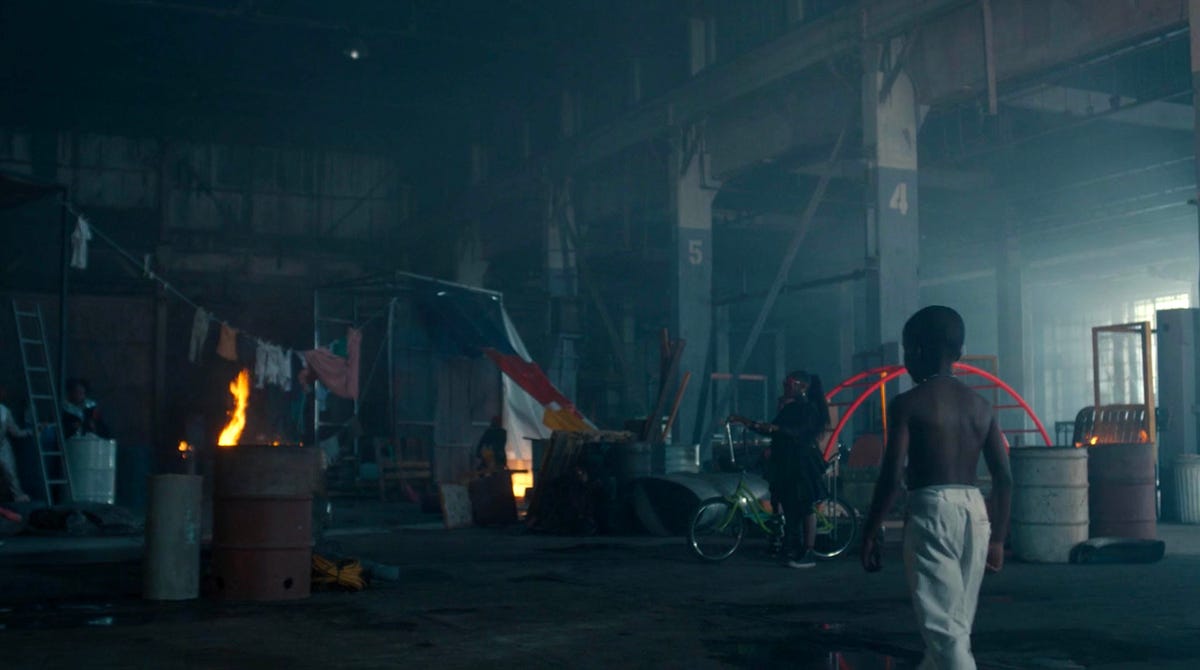
Black Is King (Photo: Disney+, courtesy of Virginia Berg)
Before Jimmy López was an award-winning, internationally-renowned composer, he entertained the idea of pursuing a career in film, captivated by both image and music. He grew up an admirer of Stanley Kubrick, fascinated by the director’s facility for turning music into a character, a story unto itself. And it was inside a movie theater, listening to the dissonant soundtracks of horror films, that the New York Times-praised “expert in orchestration” had a revelation:
“I was sitting there and seeing people being exposed to all kinds of music, music that most people would not be able to sit through at a concert hall,” López says. “Because [the music] is under all this context taking place in front of them, it is justified in the scene… by the images.”
López saw how an audience’s tolerance for unfamiliar music was heightened when paired with visual storytelling. Having grown up on the music videos of Michael Jackson, Madonna, and MTV, he knew the power that video exerted in the world of pop and mainstream music. He also knew that very few works of classical music or opera were intentionally made for film. By creating one himself, López felt he could attract new audiences, who were already fans of music videos, to the classical sphere. So he paired with director Kevin Newbury to transform the fifth movement of his piano concertino Epiphany into a work of cinema.
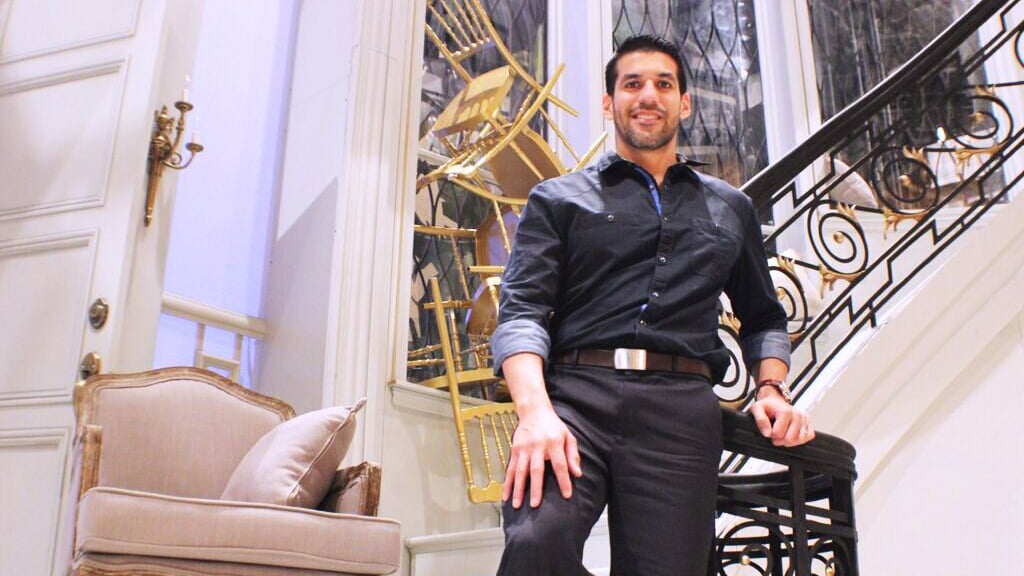
Composer Jimmy López on the set of “Bel Canto,” in its world-premiere production at Lyric Opera of Chicago.
Described by López and Newbury as a “hybrid between a short film and music video,” Epiphany V tells the story of a young man, his ailing mother, and a mysterious “death” character. Its contemporary settings and costumes — which sought to challenge the paradigms of classical piano music — were an extension of López’s horror movie curiosities, an attempt to “create new associations, make new neural connections in people’s minds,” he says.
“It was really trying to make the case for saying that an actual piece of contemporary music can be reinterpreted, reinvented, and extrapolated from its purely musical context, and inspire an extra-musical form of art,” he reflects.
And this, for López, is the essence of opera: multisensory relevance, newness, and “zeitgeist.”
In 2019, the five most-produced works of opera in the United States were La bohème, La traviata, Carmen, The Barber of Seville, and Madama Butterfly. This latter work, which premiered in 1904, remains the group’s youngest –– all the others were 19th-century productions. While timeless oeuvres, these opera season “warhorses,” as López calls them, aren’t necessarily in tune with our realities in 2020. Just because an opera touches on universal themes, he says, doesn’t mean it should be the only show in town. Rather, López feels that new works and new presentations are essential elements of a healthy opera industry.
“I wrote a symphony about a space program,” says López. “Beethoven couldn’t have written that, because there was no space program! I would encourage opera companies to expand their understanding of opera, and really invite people.”
Michael Lanci, a self-proclaimed “MTV kid” and currently a fellow at the American Opera Project, took the notion of zeitgeist to heart when he composed Admissions, a 20-minute opera for the 2020 Washington National Opera’s American Opera Initiative. A comedic tale about the 2019 college admissions scandal — and the Loughlin family in particular — Lanci describes his work as almost “painfully contemporary.” He feels this likely contributed to its success.
“What was so amazing about that story is its relevance, and the fact that people can associate with stars that they see in tabloids and newspapers,” Lanci says. “People were able to relate, whether you’re a parent who’s 65, or your millennial child.”
As importantly, Admissions is an example of what López hopes to see more of in 2020 and beyond: older operas used as inspiration for brand new stories. Lanci looked at Mozart’s Marriage of Figaro to help with pacing, and the “surrealness” of Thomas Adès‘ The Exterminating Angel throughout his composition process. Both operas poke fun at society’s upper echelons, and so Lanci sought to emphasize the irony of the characters’ challenges musically.
“They’re singing this super intense aria about not wanting to go college, and becoming an Instagram influencer,” Lanci says with a smile. “I decided to write something that wasn’t overly romantic, but had an intensity to it, which made their struggles seem that much more ridiculous.”
In recent days, Lanci has been mesmerized by first viewings of Beyoncé’s visual albums. He raves about the marriage between cinematography and song, about music videos like “Pretty Hurts.” Now writing his next opera, Lanci himself is preparing to enter the visual sphere: his pitch will take the form of a sitcom, or short television show. Its subsequent development, he hopes, will be but one of many cinematic operas.
“[Visual media] is how we’re digesting entertainment. Particularly with younger generations: that’s how we’ve grown up,” he says. “It’s part of what we love about opera. How ridiculous these productions are, it’s so fun and intriguing. And the video element takes it to the next level.”
Expanding the Operatic Voice
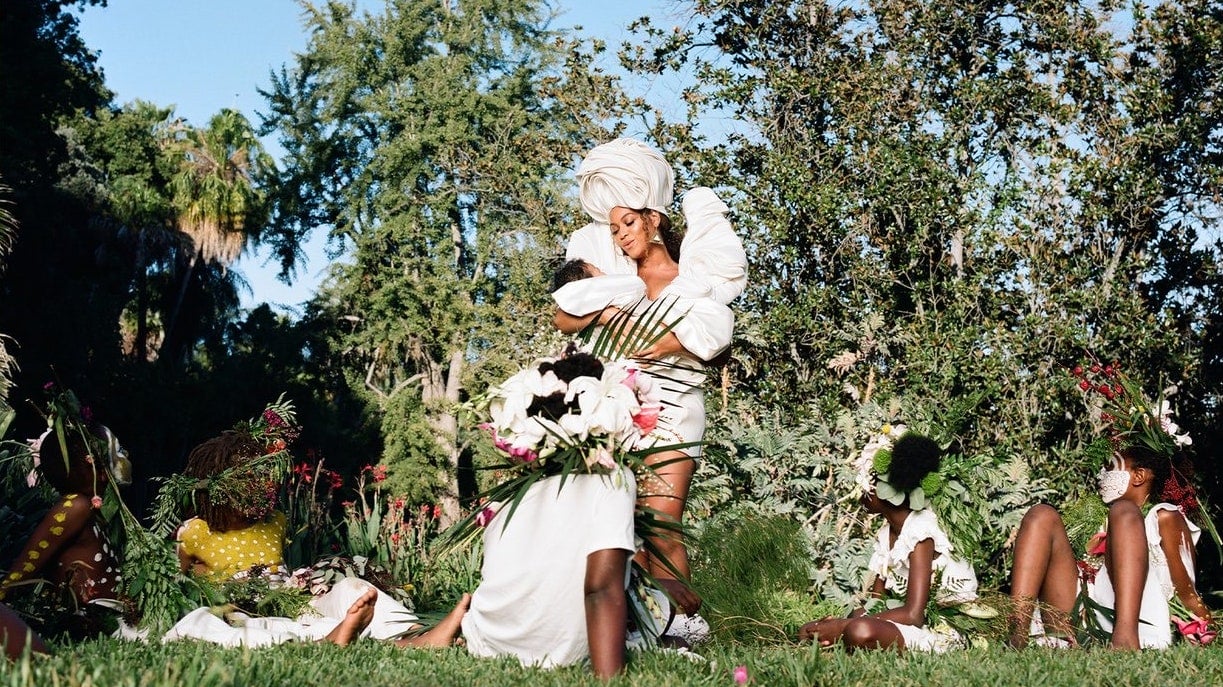
Beyoncé, in Black Is King (Photo: Disney+, courtesy of Virginia Berg)
Liliya Ugay is one of few people who can truthfully say that scrolling through Facebook is a productive endeavor. It’s one way the acclaimed composer cultivates the characters in her operas, imagining how they would write, speak, and emote. Ugay’s 2020 opera Woman of Letters, also written for the American Opera Initiative, plays with syntax and broken English in the telling of an immigrant’s journey to college overseas.
The piece is an example of how Ugay approaches and experiments with voice, an instrument she considers carefully when thinking about how to virtualize and modernize opera. As Ugay says, this central element of the genre — the classically-trained operatic voice — can be lost on video, as is the unparalleled experience of hearing such a performance live. However, this presents an opportunity to expound upon how audiences and artists define opera, and who they consider opera singers to be.
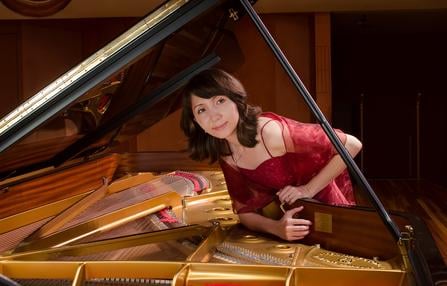
Composer Liliya Ugay (Photo: Dilya Khaliulina)
“If you’re recording something into a mic, you don’t have to sing from the top of your lungs, project to reach every last person in a huge hall,” Ugay says. “So from one point of view, this kind of devalues the whole school and skills of being able to do that, but also opens up the opportunity to use different ways of singing, different tones of the human voice.”
It’s an opportunity Michael Lanci is already seizing upon, both to draw in new audiences and take full advantage of opera singers’ full vocal potentials. In his own operas, he’ll sometimes ask performers to sing in more stylized fashions, perhaps in a nasally voice to fully embrace a certain character. He rejects the Looney Tunes image of the barrel-chested bel canto singer as the be-all-end-all of opera.
Liliya Ugay agrees: “The singers and teachers and culture should consider being less devoted to classical training, and more exploratory to the other ways of singing,” she says. If video appeals to larger, younger audiences, Ugay says, especially during a pandemic, “then there’s no reason to hold a story to a certain sound production.”
Opera houses across the country, in attempts to continue providing content throughout the pandemic, have shown either their adeptness, or lack thereof, at upkeeping online content such as filmed operas. Still though, Jimmy López says, short of creating or adapting a work specifically for the camera, opera has yet to take full advantage of the medium’s dynamic imagery.
“It’s one thing to see a recording of a singer and a pianist on YouTube,” López says. “And it’s another thing to see a whole album that is being conceived for the medium, as you see with Beyoncé or all the modern pop musicians.”
“There’s room for artists like Beyoncé within the world of opera,” says Lanci. “I think it would do nothing but help enhance and continue diversifying opera in the United States.”
New-Look Opera
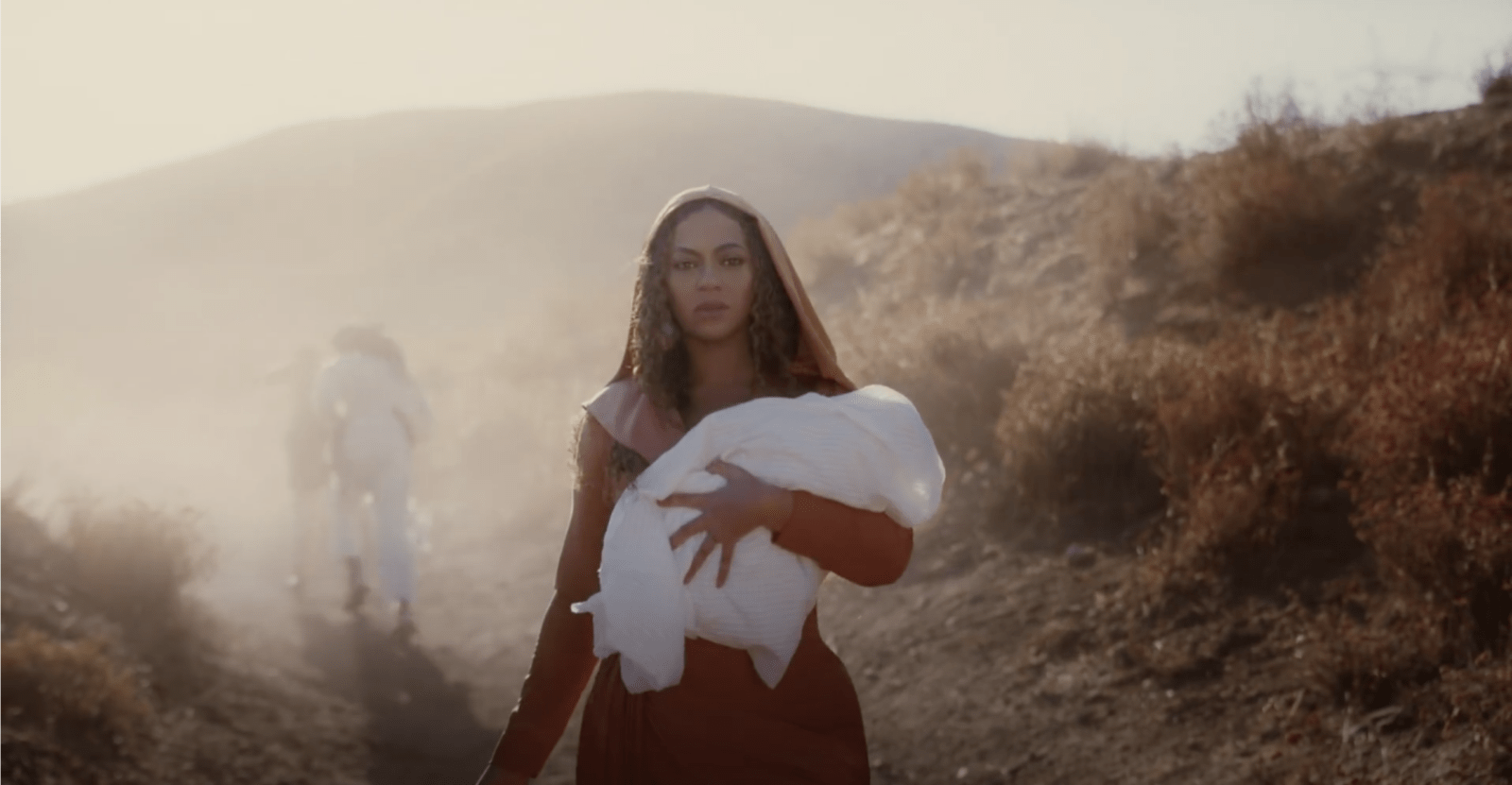
Beyoncé, in Black Is King (Photo: Disney+, courtesy of Virginia Berg)
While López is already conceptualizing how to turn certain existing arias into a cinematographic form, other composers are vigorously reassessing their own works-in-progress in anticipation of online world-premieres. Ugay is rethinking not only the audience and stage space, but also the music itself. She’s currently editing her libretto to call for fewer singers and different choreography, all while considering how a camera and microphone would best capture her characters and music. It’s a challenge, she says, but one she feels is worth embracing.
The question of how to visually engross an audience adds to the excitement of costume designers like Meriem Bahri, whose internationally praised pieces have been adorned by the Haymarket Opera Company and Joffrey Academy of Dance, among others. With staged costumes, she says, her goal is to “mesmerize the first row all the way to the back row,” using paint and mesh-based “illusions” to fool and captivate faraway audiences. However, on camera, “details as small as hand-sewn stitches for period pieces are important,” Bahri says. The pace of filming allows for more intricate costumes, free from the demands needed to withstand staged opera’s quick change. It’s another difference between virtual and live performances: engaging with sensory elements through your own eyes, versus those of a camera.
Experiencing live opera pre- and eventually post-pandemic will forever remain a magical, intimate experience. But by borrowing the creative approaches and techniques put forth by visual albums, opera may just reach new heights, audiences, and performers. Visual albums have already set a precedent for multimedia, physical experiences: Björk has featured reverb chambers, digital projections, 50-person choirs, and 7-piece flute ensembles on her concert stages. Childish Gambino has written film scripts, released apps, and curated museum-like installations that accompany his songs. Beyoncé’s films have delivered incredibly potent and personal social justice symbols and messages and attained undeniable cultural importance. And operas, new and old, can too, returning to the level of fame and cultural relevance they enjoyed just a century ago.
This is all to say: the virtual sphere won’t replace the live stage, but it can add a second, more accessible one, with great room for creative growth and the viral potential of easily shareable, iconic images.
“There’s nothing like going to the opera house,” says Michael Lanci. “But I do like being able to sit on my couch and enjoy an opera or a musical experience like that. I think it’s the future [of the medium], and I think there’s hopefully going to be a very happy merger.”
Jimmy López continues to experiment with this merger. Just last year, he released Symphonic Canvas, a short film that links visuals to his Symphony No. 1. He sees embracing new mediums as a vital next step in the evolution of opera, especially given the genre’s older audience and pandemic challenges.
“Opera can absorb every art form,” he says. “My God, I hope [opera companies] will realize it is important. Mozart was experimenting with new instruments. Beethoven was as well. Why shouldn’t we go that way? I think we have to. There’s no other way to move forward.”

